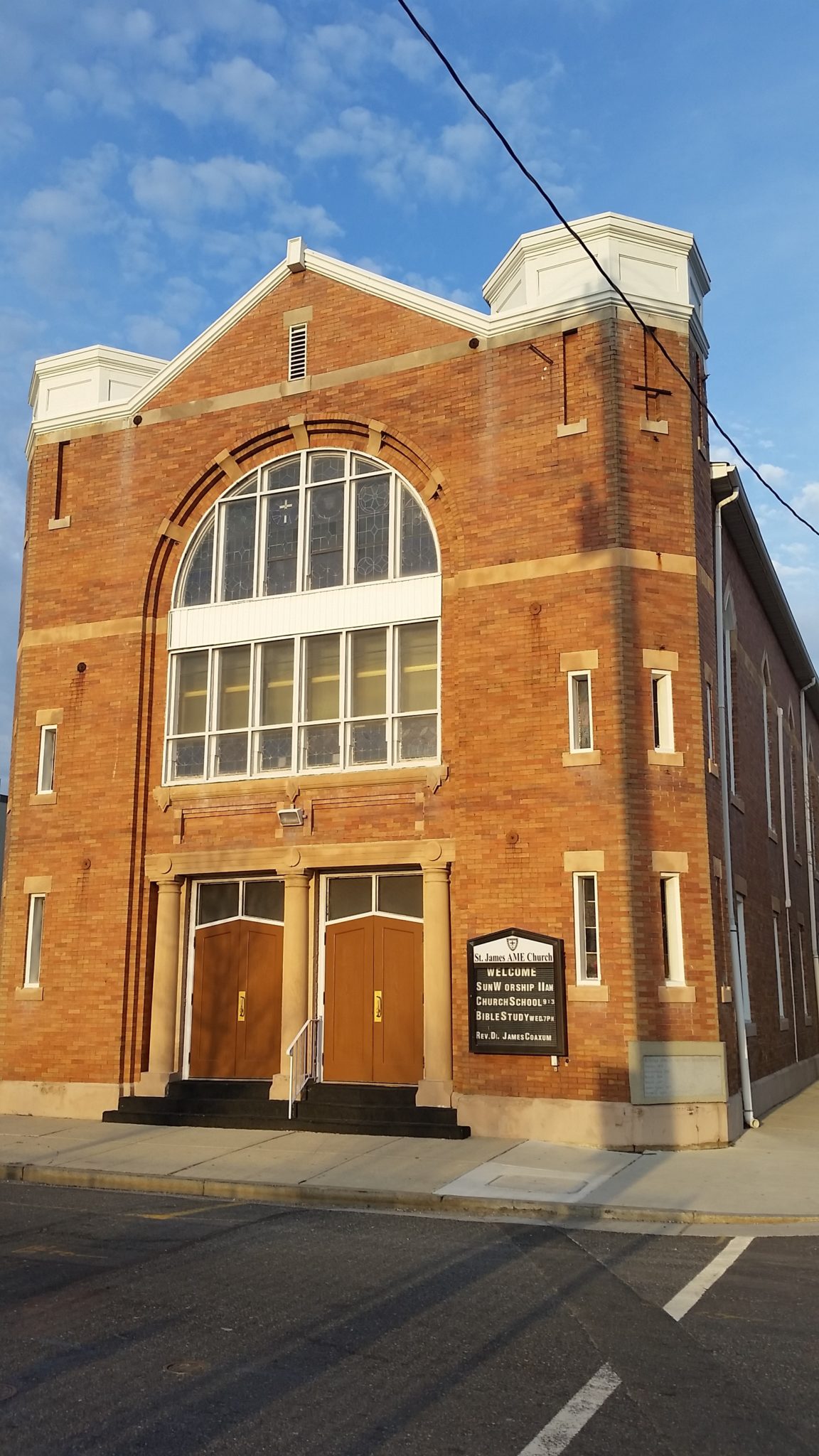The Layers of Local History: African-American Heritage in Atlantic City
By Levi Fox
Amongst the many historic sites of Atlantic City are several that highlight the community’s rich African-American heritage, which extends all the way back to the beginning of Atlantic City in the 1850s. According to local historian, Richlyn Goddard, both enslaved and free blacks built the Camden-Atlantic Railroad which, along with a couple of ferries, connected Atlantic City to Philadelphia. One of those railroad workers, Billy Bright, and his family became the first African-Americans to settle in Atlantic City when they moved to a homestead on what is today Rhode Island Avenue, in 1859. The African-American population of Atlantic City grew quickly between 1880, when the census notes a total of 763 black residents who were primarily engaged in farming and working at beachside resorts, and 1900. At that time, the nearly 7,000 African-Americans living in the city comprised twenty-percent of the community’s year-round population, a higher percentage than found in any other Northeastern city.

The years 1880 to 1900 saw the development of Atlantic-City’s African-American community in other important ways as well. Though the congregation was a decade old by the time the St. James African Methodist Episcopal Church was built in 1885, on the corner of New York and Arctic Avenue, it has long been at the center of community life, adding an annex in 1957, and undergoing a restoration in 2004. Moreover, the 1880s saw the start of September as Atlantic City’s peak African-American tourist season, and led to Maggie and Alonzo Ridley moving from Baltimore to open the Northside’s first hotel in 1900.


At the same time, the spread of Jim Crow impacted Atlantic City in multiple ways from the 1890s onward, with evidence suggesting that schools and carousels were both segregated by 1904. Push factors also led to many enterprising African-Americans relocating to Atlantic City from southern states starting in the 1890s. One such business owner was George Walls, who moved from North Carolina and was unique in his operating a beachside bathhouse on Texas Avenue, that catered to both blacks and whites, for a quarter of a century.
Perhaps the most successful of these entrepreneurs was Madame Sarah Spencer Washington, who came to Atlantic City from Virginia in 1911 and began her Apex News and Hair Company empire in 1920. It became so prosperous that she purchased a club in Galloway for black golfers and sponsored a parade down Arctic Avenue every Easter from 1946 on, to fight racism at annual Boardwalk parades. The corner of Arctic and Kentucky Avenue, widely called “KY at the Curb”, became the site of the Hotel Randall in 1911, home of the first “Wonder Bar” in AC, as well as the Alan Theatre, Atlantic City’s first integrated movie house, and London Drugs, a building that stands today ripe for redevelopment. Unfortunately, earlier redevelopment on the block led to the destruction of several integrated bars, such as Club Harlem, famous for its Saturday Breakfast Show and Smart Affairs Revue, and Grace’s Little Belmont, run by beauty shop owner Grace Morgan and her husband Hernan Daniels. There, Elvira ‘Baby’ Sanchez tended bar and was visited by her son, Sammy Davis Jr., anytime he was booked in Atlantic City.
During the day Davis and his bandmates might be found on that stretch of the strand around Mississippi Avenue which was widely known as Chicken Bone Beach. A once-derogatory term, it has been reclaimed by the local African-American community over the last two decades, with then Mayor Lorenzo Langford placing a plaque in 1997, and lifelong resident Henrietta Shelton founding the Chicken Bone Beach Historical Foundation in 2000, which now presents jazz concerts and student scholarships. Moreover, while there is no record of beaches being segregated before about 1905, in the 1910s and early 1920s it was the block around Indiana Avenue which was informally designated for black bathers. The construction of the Claridge led to the moving of the beach beyond Million Dollar Pier to the area around the Boardwalk Hall construction site that was then blocked off by a sandstone wall. It was there, brass bands played as black tourists drank champagne, that the beach bar would be born.







